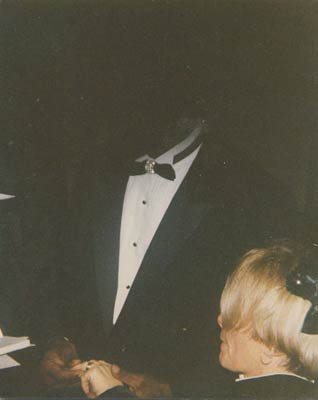Clear in thinking, and clear in feeling, and clear in wanting
In May 1846, a year and a half before gold was discovered at Sutter’s Mill, several extended families and quite a few unattached males headed with their caravans from Illinois to California. Due to poor organization, some bad advice, and a huge dose of bad luck, by November the group had foundered in the deep snows of the Sierra Nevada. They came to a halt at what is now known as Donner Pass, and, in an iconic if unpleasant moment in California’s history, they sat out winter in makeshift tents buried in snow, the group dwindling as survivors resorted to cannibalism to avert starvation.
From an evolutionary point of view, what makes the story interesting is not the cannibalism — which, in the annals of anthropology, is relatively banal — but who survived and who did not. Of the 87 pioneers, only 46 came over the pass alive in February and March of the next year. Their story, then, represents a case study of what might be termed catastrophic natural selection. It turns out that, contrary to lay Darwinist expectations, it was not the virile young but those who were embedded in families who had the best odds of survival. The unattached young men, presumably fuller of vigor and capable of withstanding more physical hardship than the others, fared worst, worse even than the older folk and the children. (…)
We are the descendants of those who had a competitive edge. The intricacies of intra-species cooperation (which can itself be exquisitely competitive) — of managing family and other ties — are a large part of the game. Indeed, they may be the largest part of the game in fostering survival, in nurturing the young, and in allowing us to out-compete other primates. This is where not only kin networks but social networks enter the picture.
Our big brains — in particular our species’ inordinately large neocortex — evolved, Dunbar argues, in lockstep with our ability to manage increasingly large social groups: to read motives, to keep track of who is doing what with whom, of who is a reliable sharer, who a likely freeloader, and so on. Many evolutionary biologists have made this point over the years, of course. Where Dunbar is unique is in having assigned a definite number to what constitutes a stable human group or community. The “Dunbar’s number” of his title is (drum roll…) 150. Extrapolating from the estimated size of Neolithic villages, of Amish and other communities, of companies in most armies, and other such data, Dunbar argues that this number is, more or less, the limit of stable social networks because it represents the limit, more or less, of our cognitive capacities.
The number is highly debatable, but it turns out that, Facebook aside, the average person has about 150 friends — people he or she might actually recognize and be recognized by at a random airport, 150 people he or she might feel comfortable borrowing five dollars from. As for how many friends we have evolved to “need” in a more intimate sense, that is a different matter. According to Dunbar, most of us have, on average, about 3-5 intimate friends whom we speak to at least weekly, and about 10-15 more friends whose deaths would greatly distress us.




















